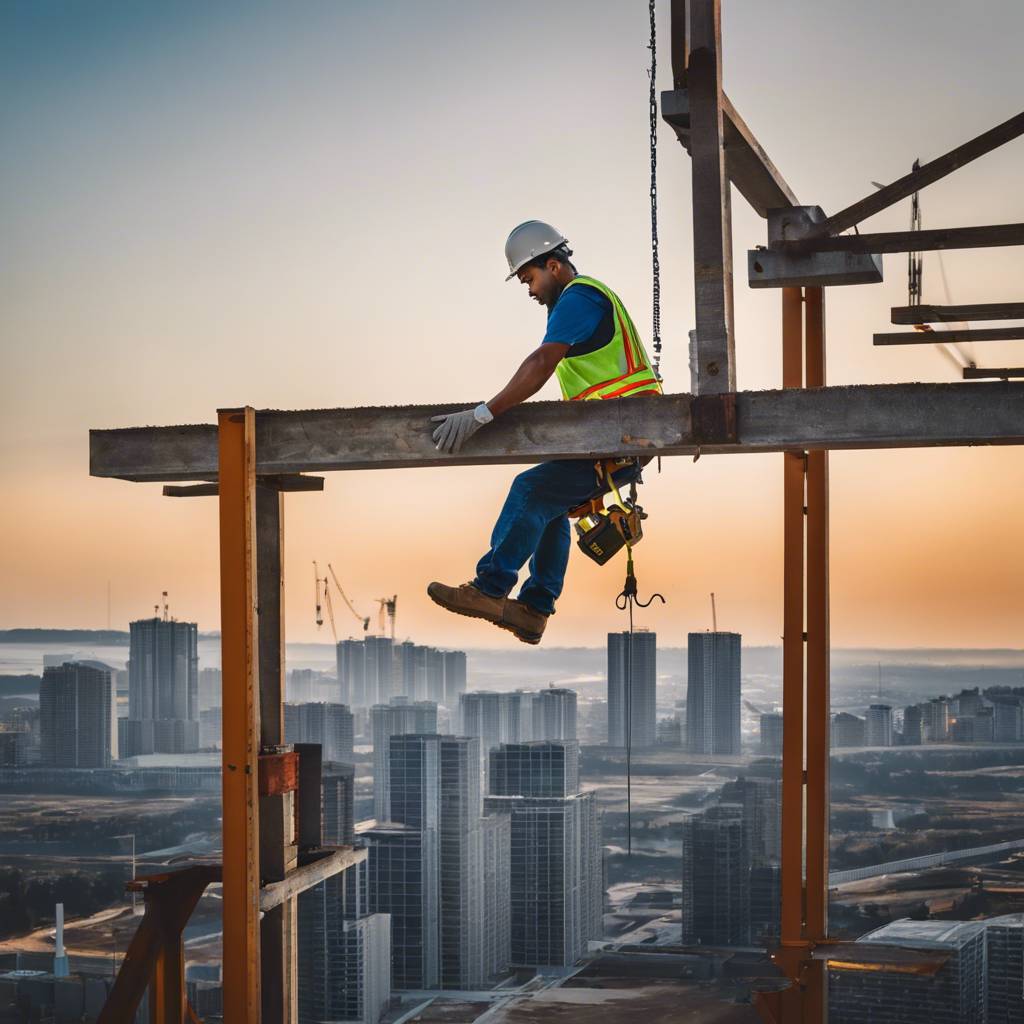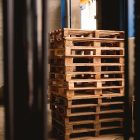Australia’s construction industry has certainly seen its fair share of ups and downs over recent years, and looking at the projections, we’re reminded of the ever-present need for adaptability and forward-thinking in the sector. With an impressive growth of 7.8% in 2023, primarily due to a surge in engineering construction activity, the industry appeared robust and expanding. However, the anticipated slight contraction of 0.2% in 2024, prompted by a downturn in residential construction, paints a clear picture: diversification and efficiency are key for those businesses riding the wave of industry fortunes.
This turn in the economic tide signals a significant message for companies involved in construction, particularly those who rely on heavy machinery and logistical support. It’s times like these when being strategic about your resource allocation becomes not just good practice, but essential for survival. As such, the facets of forklift hire Sydney, forklift servicing Sydney, and forklift repairs play a central role.
For businesses looking to balance the books while maintaining productivity, forklift hire in Sydney offers a flexible solution. Rather than investing large sums in purchasing equipment, hiring a forklift allows for a clear, manageable expense that can be scaled up or down in line with project demands. This agility is particularly valuable given the fluctuating nature of the construction industry’s growth.
Regular forklift servicing in Sydney also contributes to this agility. As the industry faces a potential downturn, any time lost to equipment malfunction can be a heavy blow. Servicing ensures machinery is up to the challenge, minimizing downtime and enhancing the longevity and reliability of your essential equipment.
In the same vein, timely forklift repairs cannot be overlooked. Prompt and effective repair work keeps your machines operational, reducing the risk of project delays. Whether it’s a diesel forklift or an electric alternative, the efficient functioning of your forklift fleet can significantly impact your bottom line, particularly when margins are tight.
Further, in choosing between a diesel forklift vs electric forklift, construction businesses must weigh sustainability concerns, operational costs, and the specific needs of the job. While diesel models have historically been favored for their power and durability, the rise in electric forklift options reflects a shift towards cleaner, quieter, and potentially more economical operations, particularly for indoor use or in urban environments where emissions and noise may be an issue.
Toyota Forklift, being a well-known and trusted name in the industry, offers a range of models that could align with the variety of tasks present in today’s construction projects. Their reputation for reliability may also serve as a boon during times when the industry faces potential setbacks.
Looking towards the future, the establishment of the A$10bn Housing Australia Future Fund (HAFF) proposes a beacon of hope for the industry. By backing the construction of social and affordable housing, it not only addresses acute housing needs but potentially stabilizes a segment of the construction industry through planned investments.
For prospective buyers amidst the industry’s highs and lows, understanding the critical role of forklifts in construction logistics is essential. Whether it’s reducing capital expenditure with forklift hire, maintaining operations through regular servicing, or ensuring fleet readiness with prompt repairs, these services become invaluable to keeping construction projects on track.
In conclusion, while the Australian construction industry prepares to navigate the varied landscape of 2024 with its projected challenges, firms engaging with key services in forklift hire, servicing, and repairs are positioned to adapt more effectively. This adaptability will not just support their immediate project needs, but will also foster resilience in an industry that is, as always, building towards the future.





